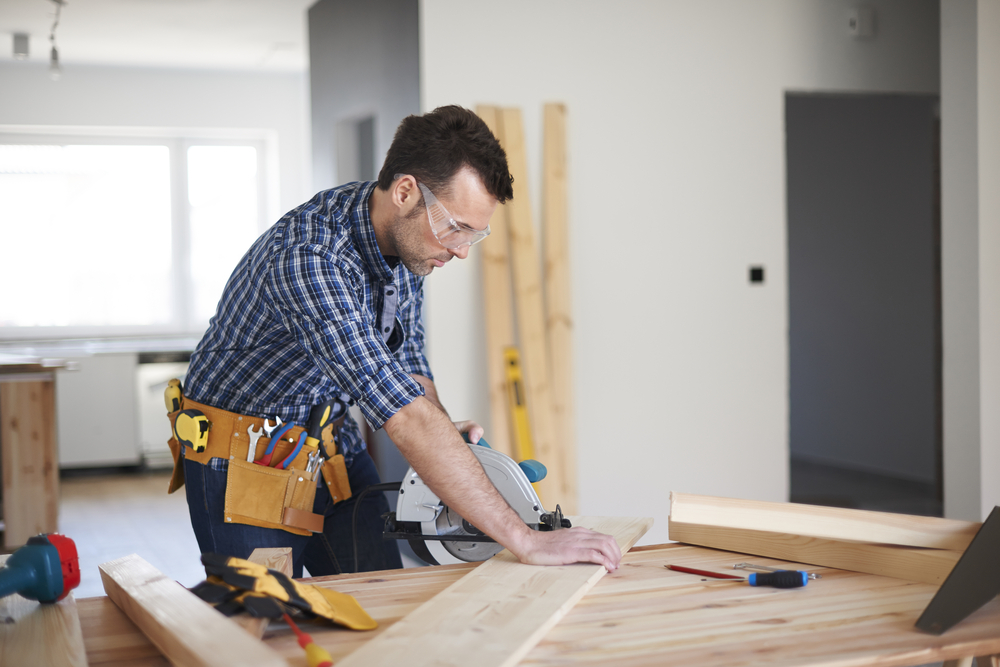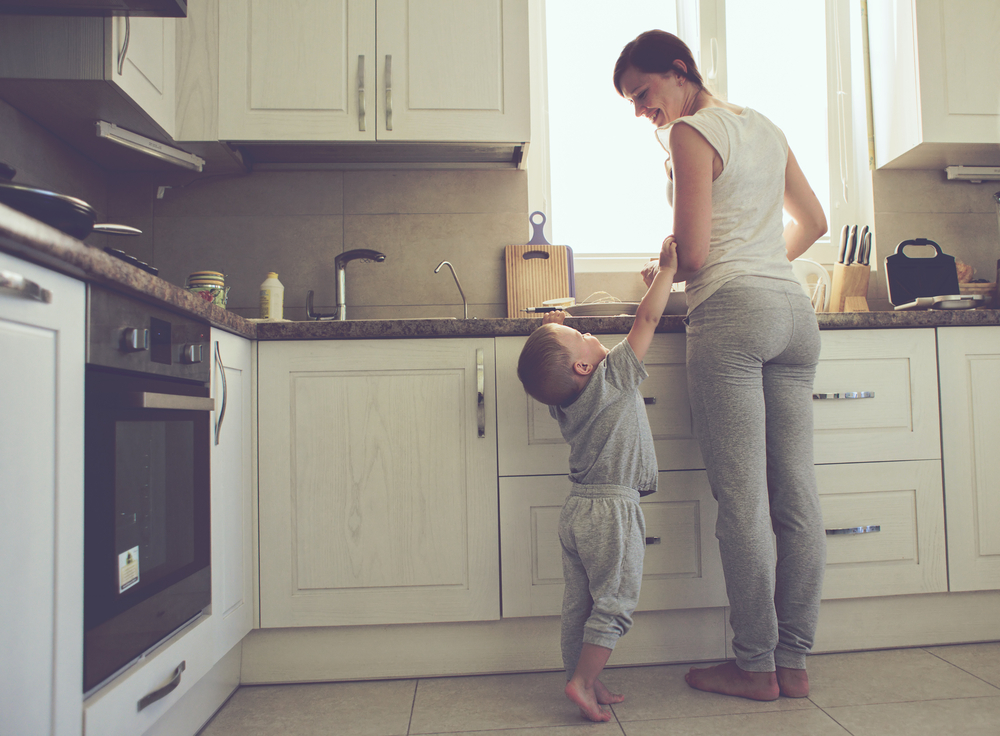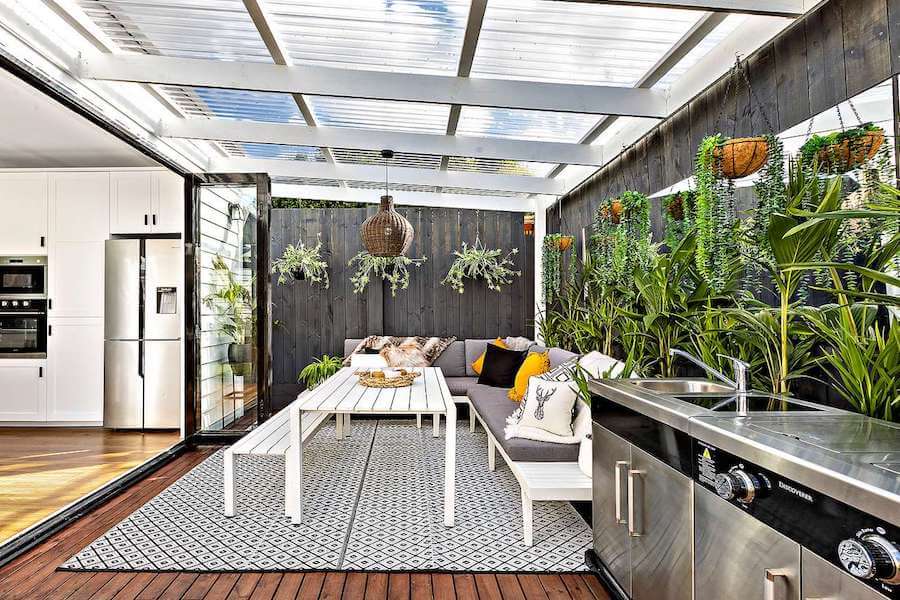Whether you’re a do-it-yourself pro or just a keen renovation enthusiast ready to get your hands dirty, staying safe during the DIY season should be a top priority.
It’s easy to get caught up in the summer excitement of getting your house ready for entertaining. If you watch popular shows such as The Block and Reno Rumble, you’ll no doubt feel inspired to attempt a renovation project and one which may be more ambitious than previously attempted.
It comes as no surprise then that summer DIY projects are among the leading causes of accidents around the home at this time of year, according to Australian health and safety statistics. From battles with the power tools to falling from ladders and injuring fingers and toes, Australia’s obsession with DIY isn’t always a healthy one.
If you want to makeover your home this summer but don’t want to destroy your body in the process, we’ve compiled some essential safety tips. Here’s how to stay safe and avoid injury his DIY season.
Topics in this article:
Wear the right gear
It’s not a fashion parade, but you don’t want to be wearing your casual relaxing ‘around the house’ attire either. Wearing the right clothing and protective gear can make or break (literally!) your DIY experience. Don’t settle for the typical summer outfit of shorts and thongs. If you value your toes, then closed and protective shoes are non-negotiable. Avoid wearing loose and floppy items as they can get caught in machinery and tools. For the same reason, keep long hair tied back and remove any loose jewellery before you starting a job.

The right protective gear for the job is just as important than your clothing. Protect your ears with earmuffs or earplugs if you’re using loud power tools, eliminate toxic chemicals making their way into your system with a face mask and wear protective glasses when sawing, sanding and grinding.
Play smart with power tools
A chainsaw, lawnmower, pressure washer or angle grinder may not seem as dangerous as operating heavy machinery, but lack of skill and experience (or just plain bad luck) can result in nasty accidents.
Power tool safety isn’t just about how you use them but includes the way you store them and carry them too. All tools and equipment must be kept secure away from children and animals and avoid carrying tools by their cords to eliminate electrical issues. All power tool cords should be stored safely away from sharp edges, heat and oil.
Invest in deck safety
Summer entertaining in Australia usually consists of a BBQ and beers out on the deck. If you haven’t shown your deck any love since this time last year, chances are, it’ll need some maintenance before using. Timber decking usually requires annual sanding, sealing and/or varnishing, staining or oiling to keep it in shape.
 For sale: 25 Taits Road, Barwon Heads, VIC
For sale: 25 Taits Road, Barwon Heads, VIC
If you’re looking for a low maintenance option or want to tackle a relatively easy and cost-effective DIY decking job, investing in composite decking is the way to go. It’s also one of the safest deck options, without the worry of slipping, rusting, splinters and other regular timber decking issues.
Protect your fingers from taking a hammering
If you want to avoid bruised fingers and a whole heap of swearing, you can avoid the risk of hammering your fingers by utilising BlueTack. Using a small blob on top of nails will help hold things in place. That way, you can hammer into them without it wriggling away and hitting your hand instead.
Know the ladder dos & don’ts
Ladder falls is another common DIY injury in Australia, one which can be easily prevented. Almost everyone has used a ladder, but it’s an everyday tool that’s hazardousness can easily be underestimated.
Familiarise yourself with the dos and don’ts of ladder safety to avoid thinking you’re the exception to the rule when using one.
Do-
- Maintain at least three points of contact (two hands and a foot or two feet and a hand) while climbing or going down a ladder.
- Face the ladder when going up or down.
- Keep your body centered inside the side rails.
Don’t-
- Use a ladder on top of an unstable object or soft/uneven ground.
- Exceed the maximum load rating.
- Carry tools in your hands while ascending or descending the ladder.

Know when to call in the professionals
It’s important to be able to recognise your limits and be realistic about the types of home improvement projects you’re capable of and which ones you aren’t. DIY is great, but if you’re tackling difficult jobs with little training or experience, it’s probably wise to opt for assistance. Remember, that unless you’re a licensed plumber or electrician, you’re legally required to leave those jobs to the professionals.
For more home improvement tips and ideas take a look at these six lessons from a rookie renovator and crafty DIY projects perfect for the weekend.






